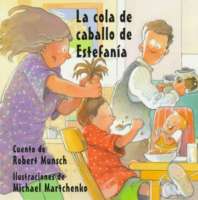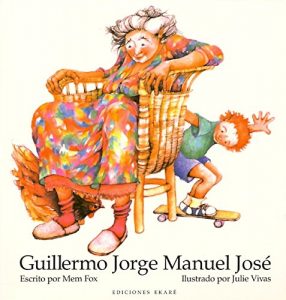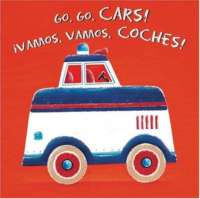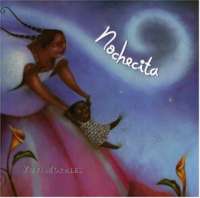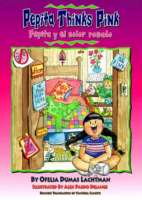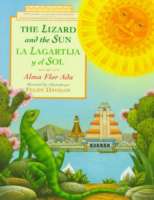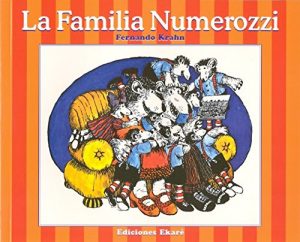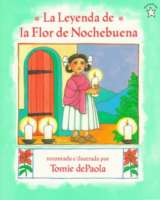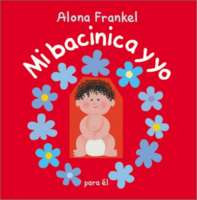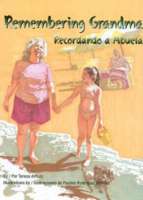
A poignant bilingual picture book about the death of a grandmother Like most Saturdays, Mr. García’s rooster wakes Lorena much earlier than she wants to wake up. Lorena pulls the covers over her head to block out the day, but she knows she has to get up. Today is no ordinary Saturday. She and her mother will be going to Grandpa’s house. Since Grandma’s recent death, everything has changed for Lorena. Her mother often cries, and Grandpa sits motionless in his chair staring out the window. Though Mamá says Grandma must be in heaven, Lorena misses Grandma, too. She can’t see or touch heaven. Where is Grandma? At Grandpa’s house, Lorena tries to help him stop grieving, but not even Grandma’s miracle words, “sana, sana, colita de rana…” work. How can Lorena help Grandpa? Lorena notices a beatiful carved chest in the corner of the room. When Lorena opens it, she sees a tangle of colors, fabrics, and keepsakes from when Grandma was alive.
